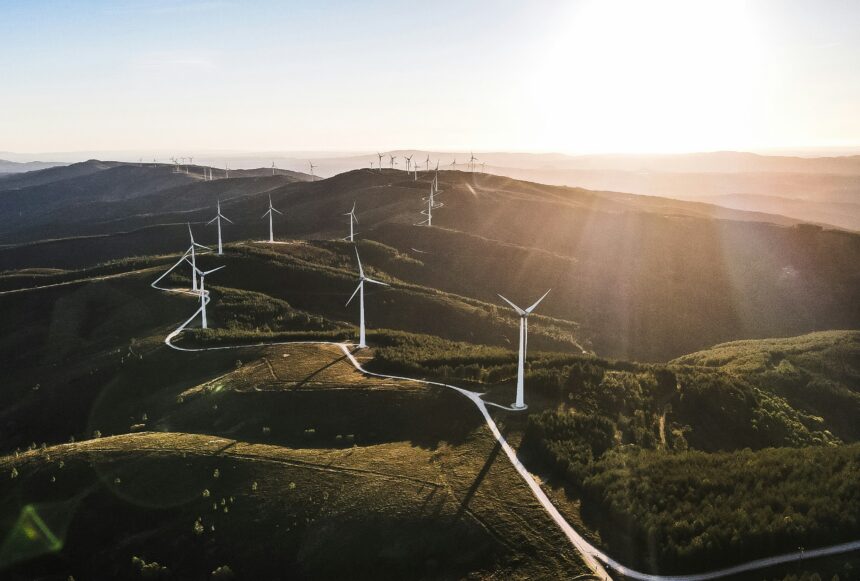In the shadow of Denmark’s sprawling wind farms, a quiet revolution is taking place. While wind energy has long been celebrated as a clean power source, the industry has faced a mounting challenge: what to do with massive turbine blades when they reach the end of their operational life. European countries, particularly Denmark and Germany, are now pioneering innovative solutions that could transform how we manage wind energy waste worldwide.
“The irony wasn’t lost on us that our clean energy solution was creating its own waste problem,” says Henrik Larsen, head of Denmark’s Renewable Energy Recycling Initiative. “These blades, some measuring over 100 meters long and weighing several tonnes, were being buried in landfills because recycling them was too difficult and expensive.”
The challenge stems from the composite materials used to manufacture wind turbine blades. Made primarily of fiberglass, resin, balsa wood, and other materials chemically bonded together, these components have traditionally been nearly impossible to separate and recycle. Until recently, approximately 85% of decommissioned blades worldwide ended up in landfills.
European initiatives are changing this reality. In Denmark, the world’s first commercial-scale turbine blade recycling facility opened last year near Aalborg, where mechanical and chemical processes break down the composite materials for reuse in construction materials, furniture, and even new energy products. The facility now processes over 1,500 blades annually, diverting thousands of tonnes of waste from landfills.
Germany has taken a different approach, focusing on designing turbines with end-of-life considerations from the start. The country’s “Circular Wind” program mandates that new turbines must use materials and construction methods that facilitate eventual recycling. This design revolution has already yielded promising results, with the latest generation of German-designed turbines achieving a theoretical recyclability rate of 96%.
“This isn’t just an environmental imperative—it’s becoming an economic one,” explains Dr. Claudia Meyer of the European Wind Energy Association. “With an estimated 40,000 turbine blades due for decommissioning across Europe in the next five years, finding value in this waste stream has become essential.”
The financial aspects are indeed compelling. Recycled blade materials are finding markets in various industries. Shredded fiberglass is being used as a substitute for gravel in concrete production, while processed resin components are being incorporated into furniture manufacturing. One Danish company has even developed a process to convert blade materials into outdoor furniture that sells at premium prices.
The contrast with North American approaches remains stark. While the U.S. and Canada continue to landfill most decommissioned blades, Europe has implemented bans on landfilling composite materials in several countries. These regulatory differences have accelerated European innovation in the sector.
Spain has emerged as another leader, with a Barcelona-based company developing a thermal process that recovers glass fibers from blades at nearly 100% of their original quality—allowing them to be used in new high-performance products rather than downcycled into lower-value applications.
“We’re seeing the beginning of a true circular economy for wind energy,” notes José Ramírez, the company’s founder. “Five years ago, a decommissioned blade was a liability. Today, it’s becoming a valuable resource.”
The economic implications extend beyond waste management. As countries worldwide commit to expanding wind energy capacity, the environmental footprint of turbine manufacturing and disposal has come under increased scrutiny. European companies that have mastered blade recycling are finding new markets for their technologies internationally, particularly as Asia rapidly expands its wind energy infrastructure.
For Canada’s growing wind energy sector, these European innovations offer important lessons. As our oldest wind farms approach the end of their operational lives, will we follow Europe’s lead in creating circular solutions, or continue the unsustainable practice of landfilling these massive components?
As the wind energy industry continues its crucial role in our transition away from fossil fuels, the question remains: can we ensure that clean energy production doesn’t create its own environmental challenges down the line?










